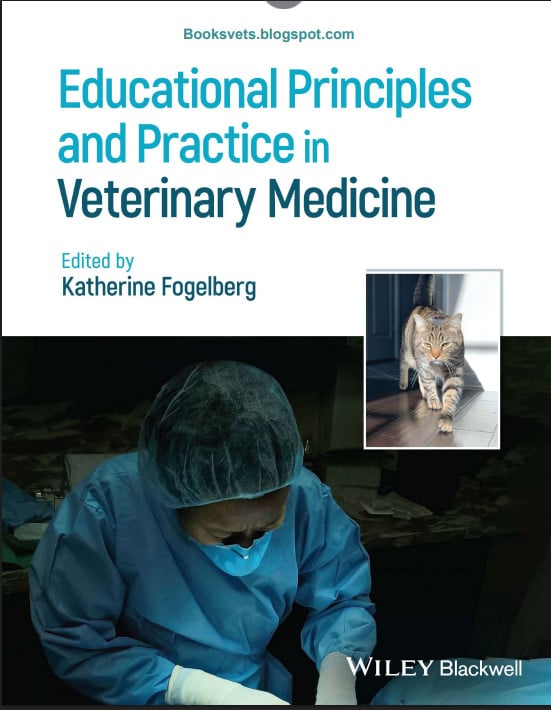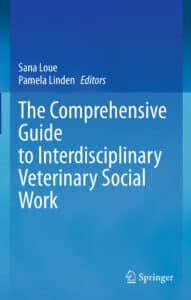
By Katherine Fogelberg
Educational Principles and Practice in Veterinary Medicine provides a detailed, comprehensive reference to the discipline of education both broadly and as it relates to veterinary medicine. Written for veterinary faculty members, instructors, and educators in other health professions, the book offers an in-depth examination of knowledge and skills related to veterinary education. It discusses educational theory, how people learn, the structure and function of higher education, and educational technologies, among many other topics of importance.
Sections cover educational leadership; professional development for faculty; research methods and study design; administration; outcomes and assessment; accreditation; and the roles of the professional program instructor.
Educational Principles and Practice in Veterinary Medicine offers veterinary faculty and instructors a complete resource for understanding the field of education and improving their skills and knowledge.

This Book is Available For Premium Members Only













![Ettinger’s Textbook of Veterinary Internal Medicine 9th Edition [PDF+Videos] Ettinger’s Textbook of Veterinary Internal Medicine 9th Edition [True PDF+Videos]](https://www.vet-ebooks.com/wp-content/uploads/2024/10/ettingers-textbook-of-veterinary-internal-medicine-9th-edition-100x70.jpg)

![Textbook of Veterinary Diagnostic Radiology 8th Edition [PDF+Videos+Quizzes] Thrall’s Textbook of Veterinary Diagnostic Radiology, 8th edition PDF](https://www.vet-ebooks.com/wp-content/uploads/2019/09/textbook-of-veterinary-diagnostic-radiology-8th-edition-100x70.jpg)






